What are the 6 Classes of Fire?
- November 1, 2023
- 8:00 am
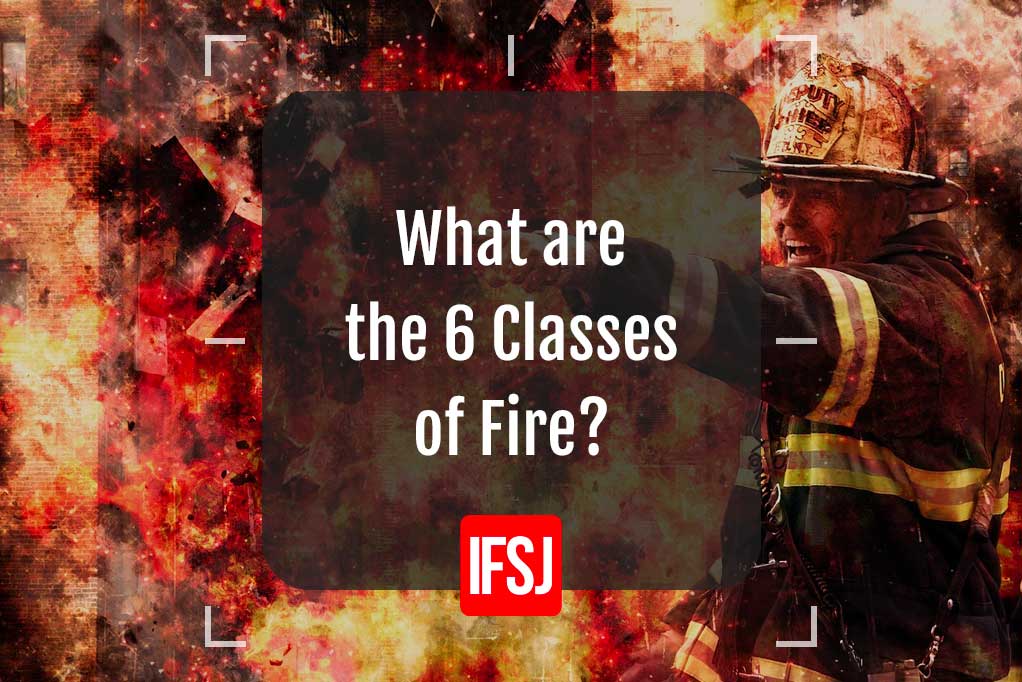

Simon Burge
Share this content
Contrary to certain assumptions, not every fire is the same.
Indeed, there are different types of fire, each with varying hazards.
As a result, it’s prudent to be aware of the different classes of fires to avoid using the wrong type of fire extinguisher if an incident were to occur.
There are six classes of fire, as we explore further hereunder.
Class A: Combustible Materials
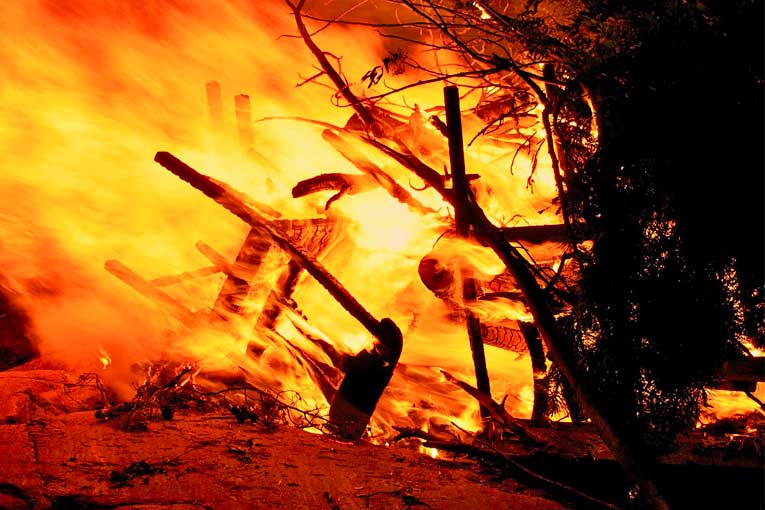
Class A fires are those which involve solid combustibles.
It could be anything from furniture to fixtures and fittings, paper, cardboard, or even the structure of a building.
If any type of solid material is burning, it’s said to be a Class A fire.
It’s one of the most common types of fires, as well as one which is relatively hard to extinguish.
How to Extinguish Class A Fires
In order to put out a Class A fire, you should ideally use water and foam extinguishers.
Water is the most common type of fire extinguisher as it can handle most fires that involve solids.
However it’s critical to bear in mind that since water is a conductor, it should not be used near any electrical equipment.
One may also use power and wet chemical fire extinguishers for a Class A fire, however the former are more suited.
Class B: Flammable Liquids
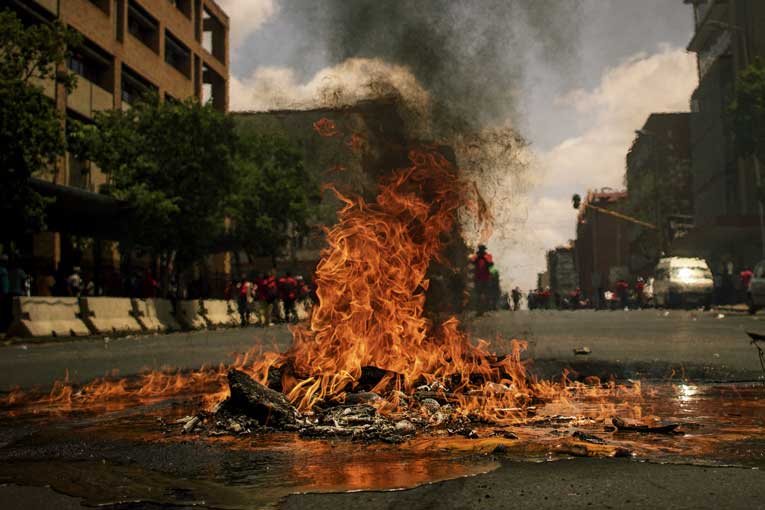
Class B fires are those which involve liquid combustibles.
Unfortunately there’s all kinds of liquids as well as chemicals used in buildings, warehouses and workplaces, and a high number of them are flammable or explosive.
Some examples include paints, adhesives, inks, fuels and solvents.
As a result, many Class B fires tend to occur in workplaces and they can be extremely dangerous.
It’s imperative to be aware of the types of flammable liquids that are present or used, and ideally carry out a COSHH assessment.
Such assessments are legally required when there are hazardous substances.
Safe storage of such substances is critical, and they should be placed as far away as possible from any sources of ignition.
They should also be stored in suitable containers and be clearly labeled.
How to Extinguish Class B Fires
Class B fires should be put out by means of foam or powder extinguishers.
These are the best types of extinguishers in the case of such fires, but CO2 extinguishers can also be used even though they have limited suitability.
Class C: Flammable Gasses
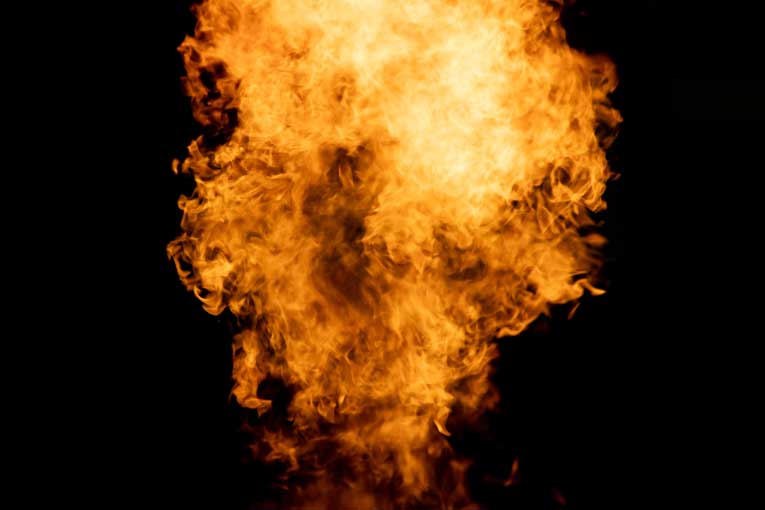
Natural gas and LPG are examples of flammable gasses.
Fires involving such gasses are classified as Class C fires.
It’s crucial to keep gasses in sealed containers in a storage area which is safe.
How to Extinguish Class C Fires
In the case of a Class C fire, it’s first of paramount importance to shut off the gas supply.
Then, one should use a dry powder fire extinguisher to put out the fire.
Class D: Metals
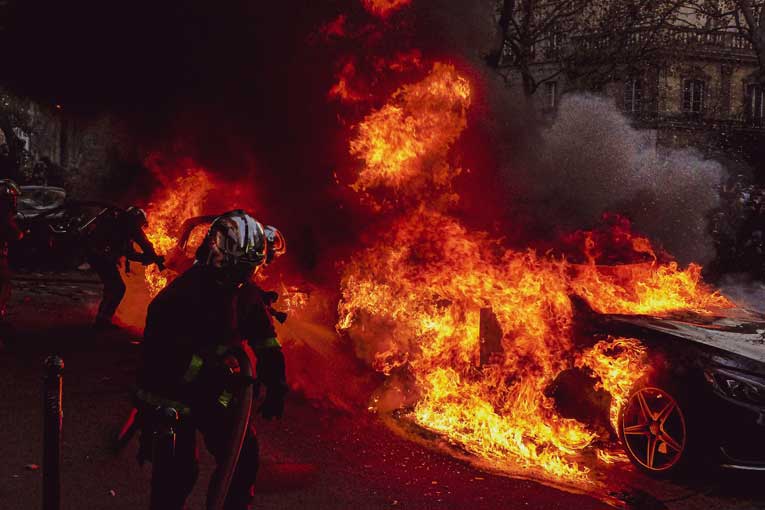
Some types of metal, like sodium for example, are combustible.
Metals help fires to spread as they are good conductors.
And since metals will soften up and start melting when exposed to high temperatures, metal joists and columns could lead to a building to collapse when there’s a fire.
How to Extinguish Class D Fires
First of all, it’s important to point out that water can act as an accelerant on fires involving metals.
Hence it’s crucial to avoid using a common water extinguisher if you’re dealing with a Class D fire.
It’s recommended to use dry powder extinguishers in such cases.
In the case of a small fire, one can also use sand or dry earth to smother it.
Class E: Electrical
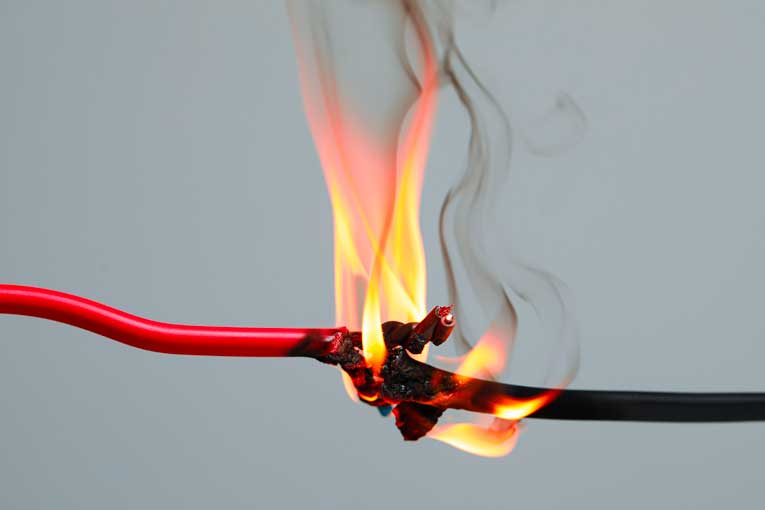
Electrical fires are not assigned a full class since they can fall into different classifications.
Hence Class E is not strictly a class as electricity is essentially a source of ignition.
How to Extinguish Class E Fires
In the case of electrical fires, it’s crucial not to use any water.
The best type of fire extinguisher to use on such a fire is the CO2 extinguisher.
One may also use dry powder extinguishers which may still be effective in the case of low voltage.
If possible, always turn off the power supply when tackling such a fire.
Class F: Cooking Oil & Fats

When cooking oil, deep fat frying and spills of flammable oils are close to heat sources a Class F fire can arise.
This is a fire which is common in commercial kitchens, but it can also occur in residential homes.
It’s important to avoid leaving any frying equipment unattended while it’s being used.
Class F fires are quite hard to extinguish due to the heat from the oil.
Also, should the wrong type of extinguisher be used, it can lead to the fire spreading easily.
How to Extinguish Class F Fires
Class F fires should be put out using wet chemical extinguishers.
This is the only type of extinguisher that is approved for use on cooking oils and fats.
A fire blanket can be effective if the fire is small.
Different Types of Fire Extinguishers
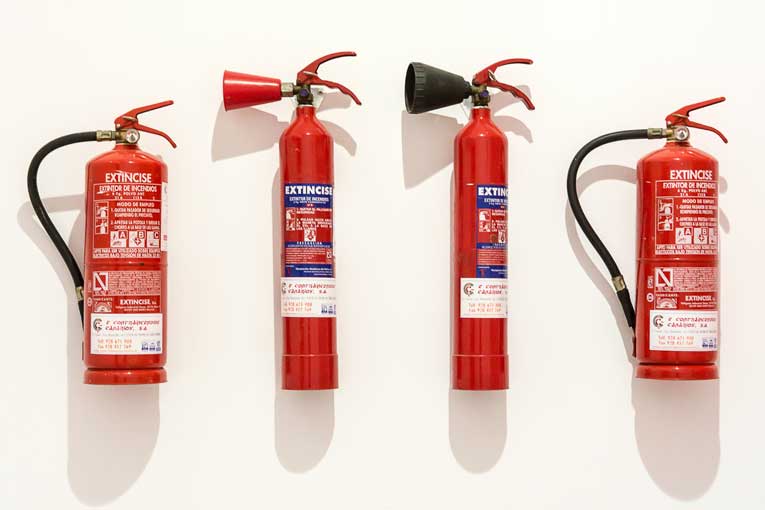
By now you should have a better understanding of the different classes of fires that require certain fire extinguishers to be extinguished.
The following is a complete list of the various fire extinguishers that exist.
Water (Class A)
A water based fire extinguisher is used when there are Class A fires involving combustible materials.
Most premises are required to have this type of fire extinguisher and hence you will typically find it in offices, hospitals and schools.
Foam (Class A & B)
In the case of a Class A or B fire, a foam fire extinguisher is recommended.
This type of extinguisher will perform a cooling function, thereby smothering the burning materials.
The foam will then help to prevent the fire from reigniting.
This type of extinguisher should never be used when there is an electrical source or a kitchen fire.
Powder (Class A, B, C & E)
Dry powder fire extinguishers are very versatile and suitable for different classes of fires, including those involving combustible materials, flammable liquids and gasses.
In fact they are sometimes referred to as ABC extinguishers.
A powder extinguisher will smother the fire by producing a thick barrier which will stop the fuel from being exposed to oxygen.
Such an extinguisher should not be used in confined spaces since the powder can be inhaled.
It also leaves a residue which is quite difficult to clean up.
These types of extinguishers are often found in commercial workspaces, especially those where welding is involved, and boiler rooms.
CO2 (Class B & E)
A CO2 extinguisher contains carbon dioxide.
It suffocates the fire as it transfers the oxygen which would otherwise be used for burning.
This type of extinguisher is suitable for Class B and E fires, that is those involving flammable liquids or electrical fires.
L2 (Class D)
L2 Dry powder fire extinguishers are ideal for Class D fires, that is those involving metals.
Wet Chemical (Class A & F)
Wet chemical fire extinguishers are to be used in the case of Class F fires where cooking oils and fats are present.
They can also be used for Class A fires.
They are thus a must have in commercial kitchens and canteens.
This fire extinguisher will create a layer of foam on the oil or fat that is burning, and so no more oxygen can reach the fire, thereby extinguishing it.
MultiCHEM (Class A, B & F)
MultiCHEM fire extinguishers are ABF-rated.
They are ideal for fires involving flammable liquids, even in cases when there are large quantities of fuel, or a large surface area.
It’s also suitable for deep fat fryer fires
Water Mist (Class A & F)
Water mist extinguishers are suitable for Class A and F fires, and so they are commonly found in various settings.
They work by producing a mist, which cools down the fire and also cuts off the oxygen supply.
Conclusion
A basic understanding of different classes of fires and the most suitable fire suppression to be used is important for fire safety.
We hope that now you have a clearer understanding of the various classes of fires and which fire extinguisher/s to invest in to be well prepared in case a fire broke out.



